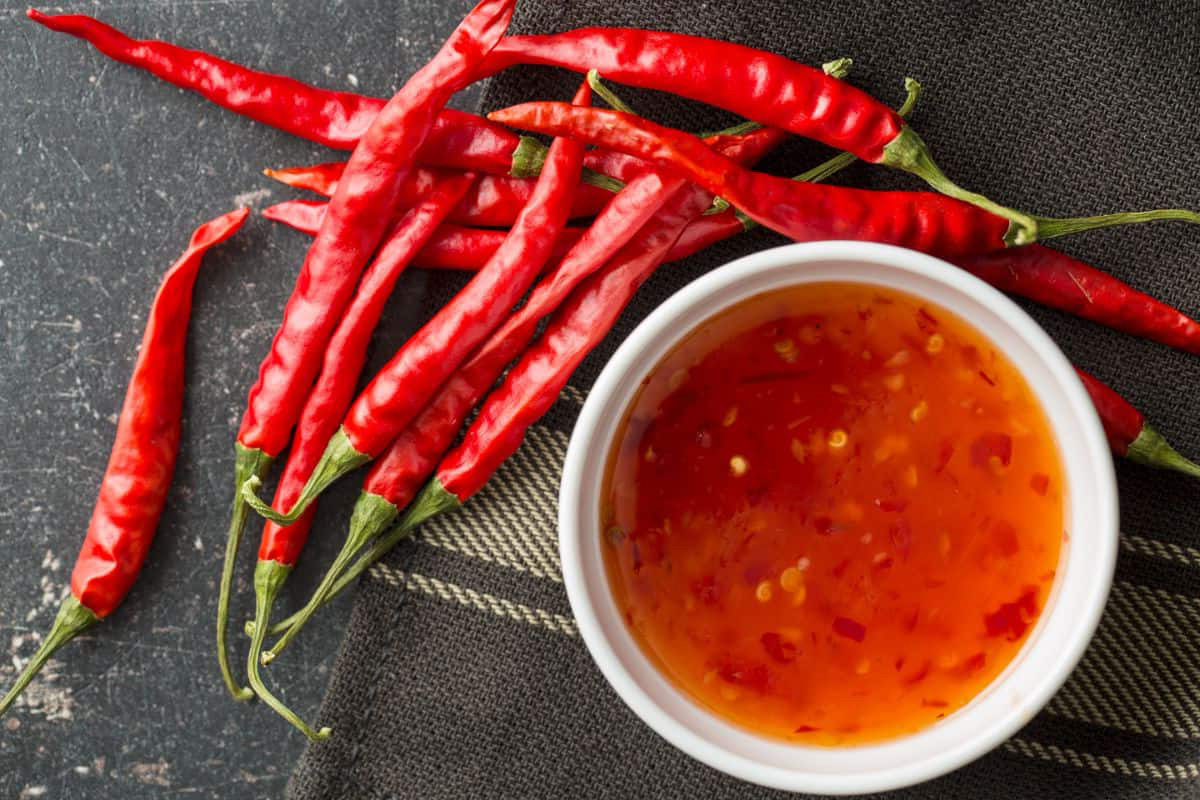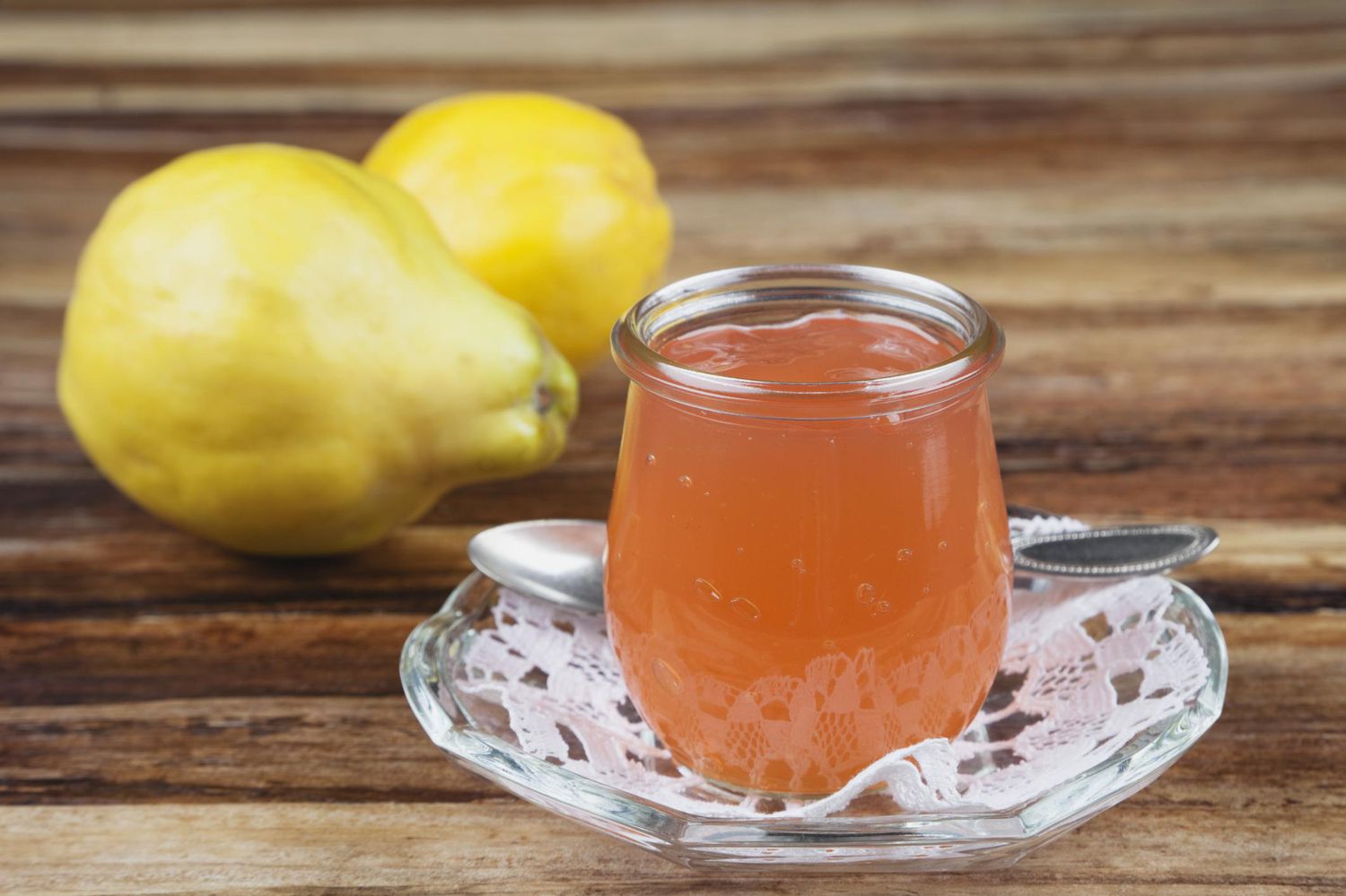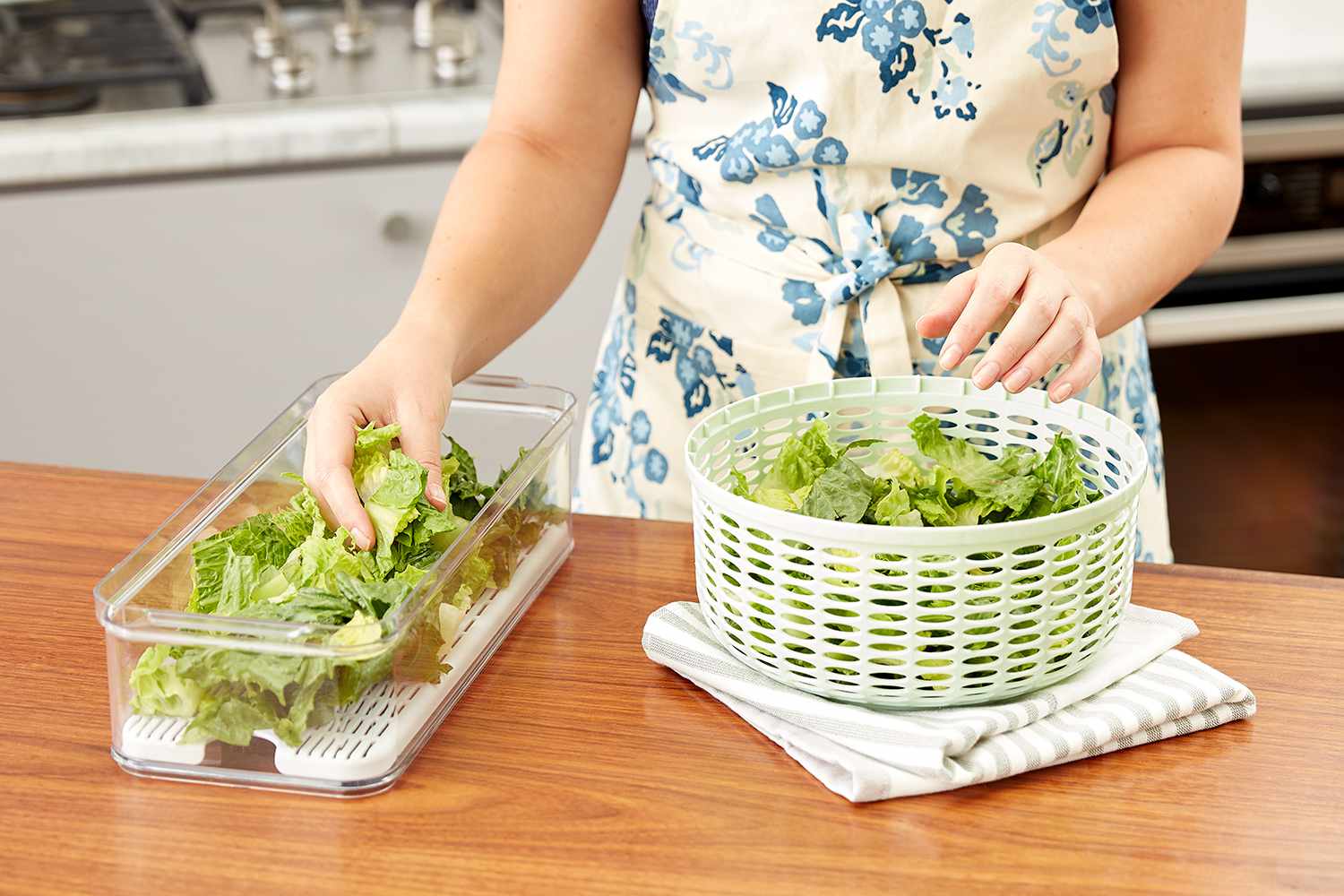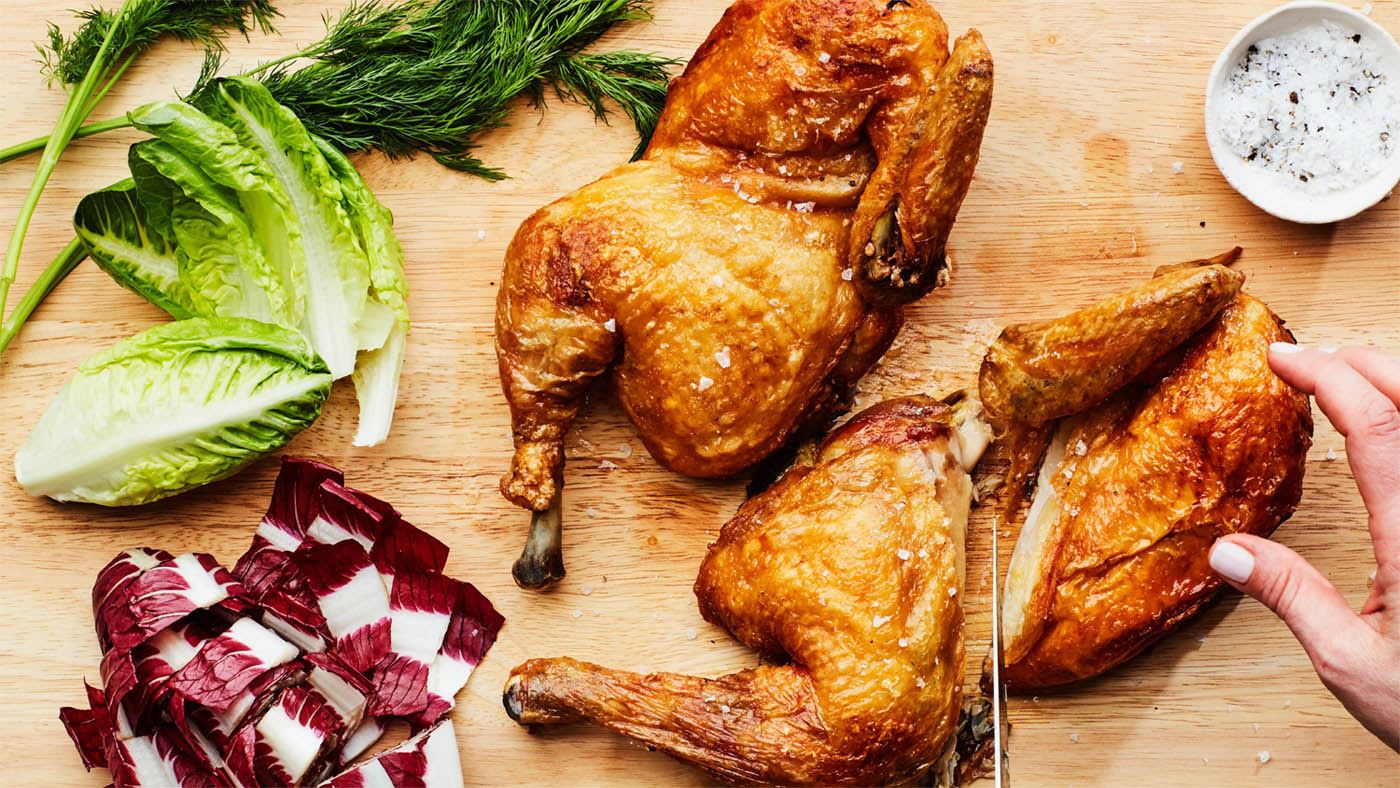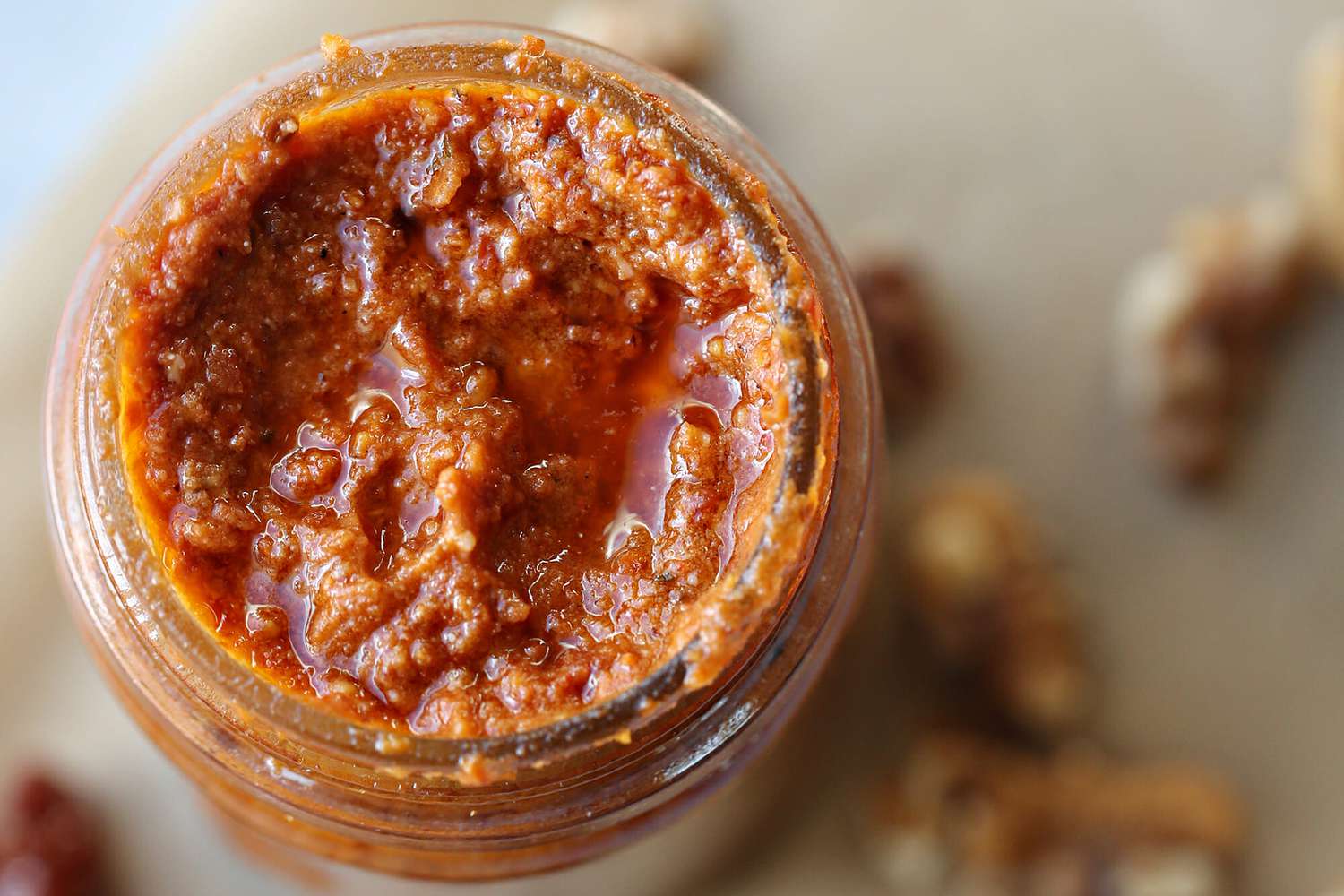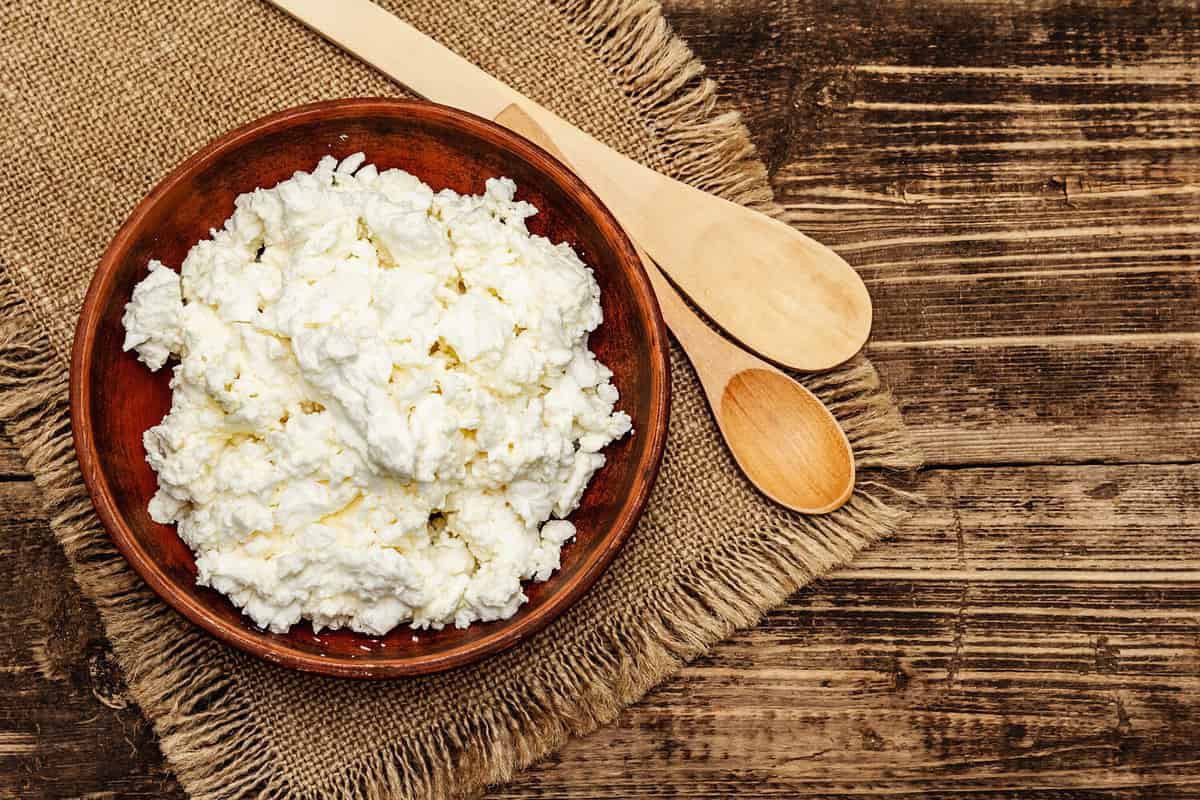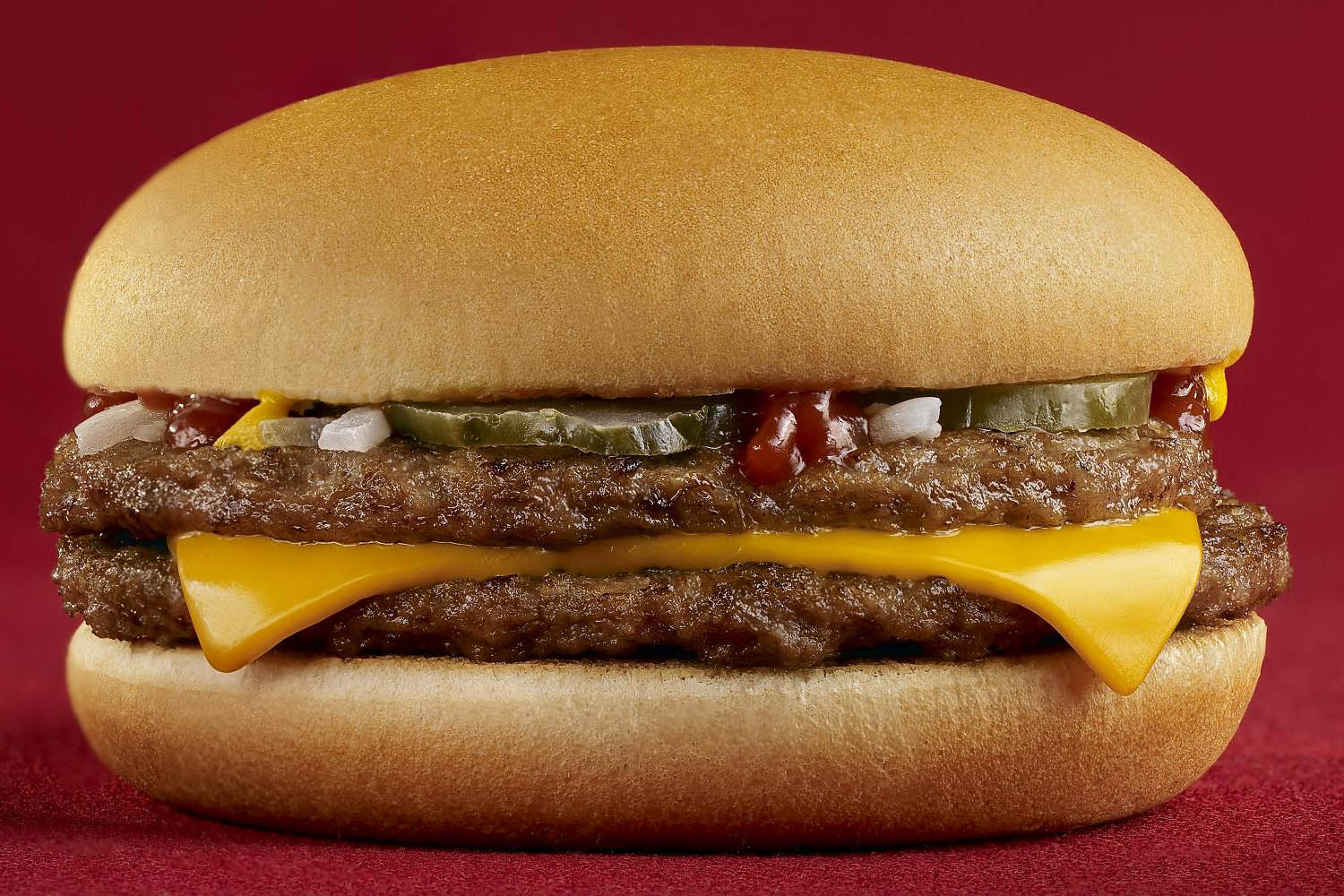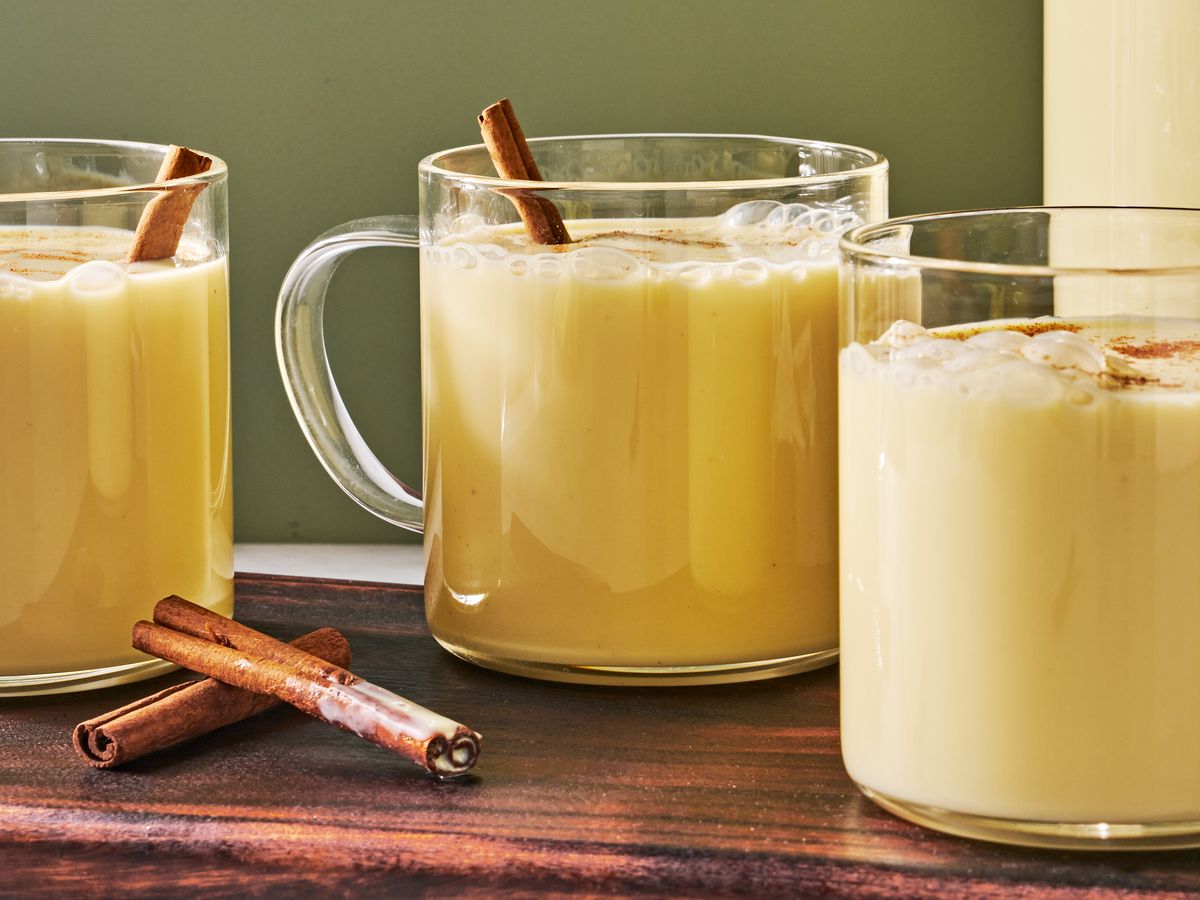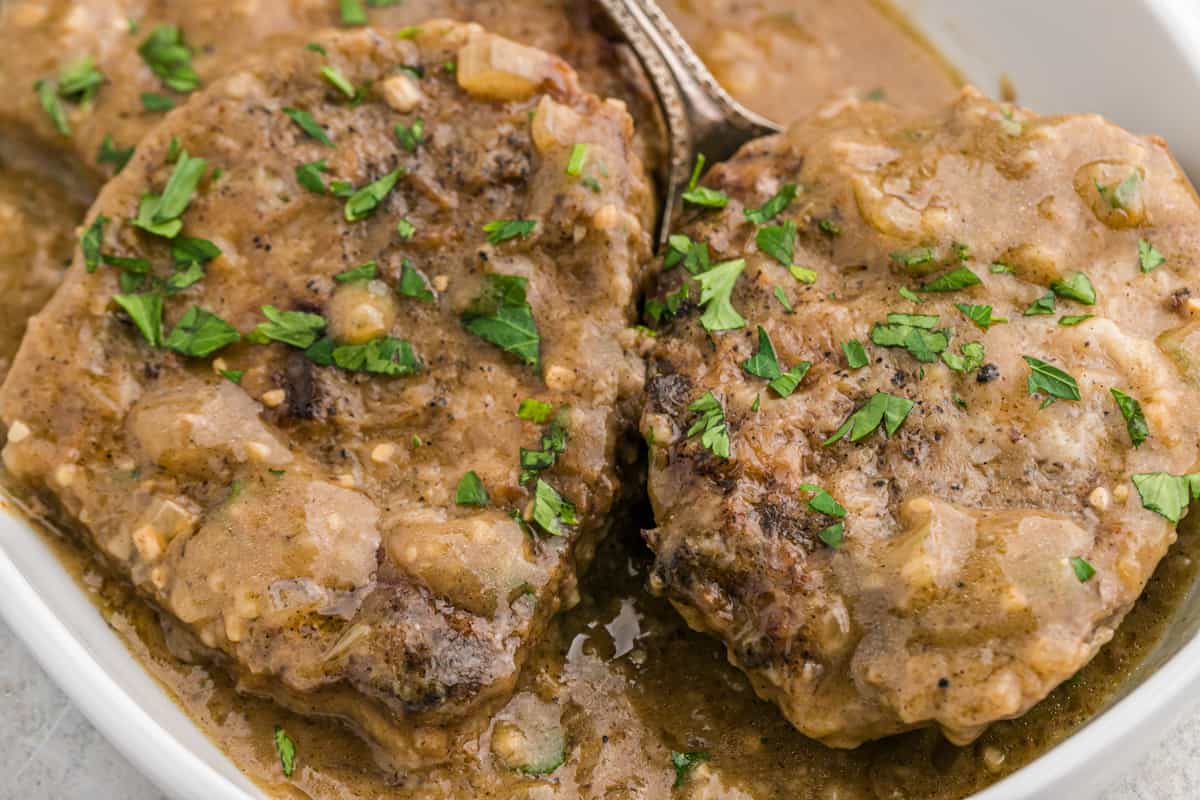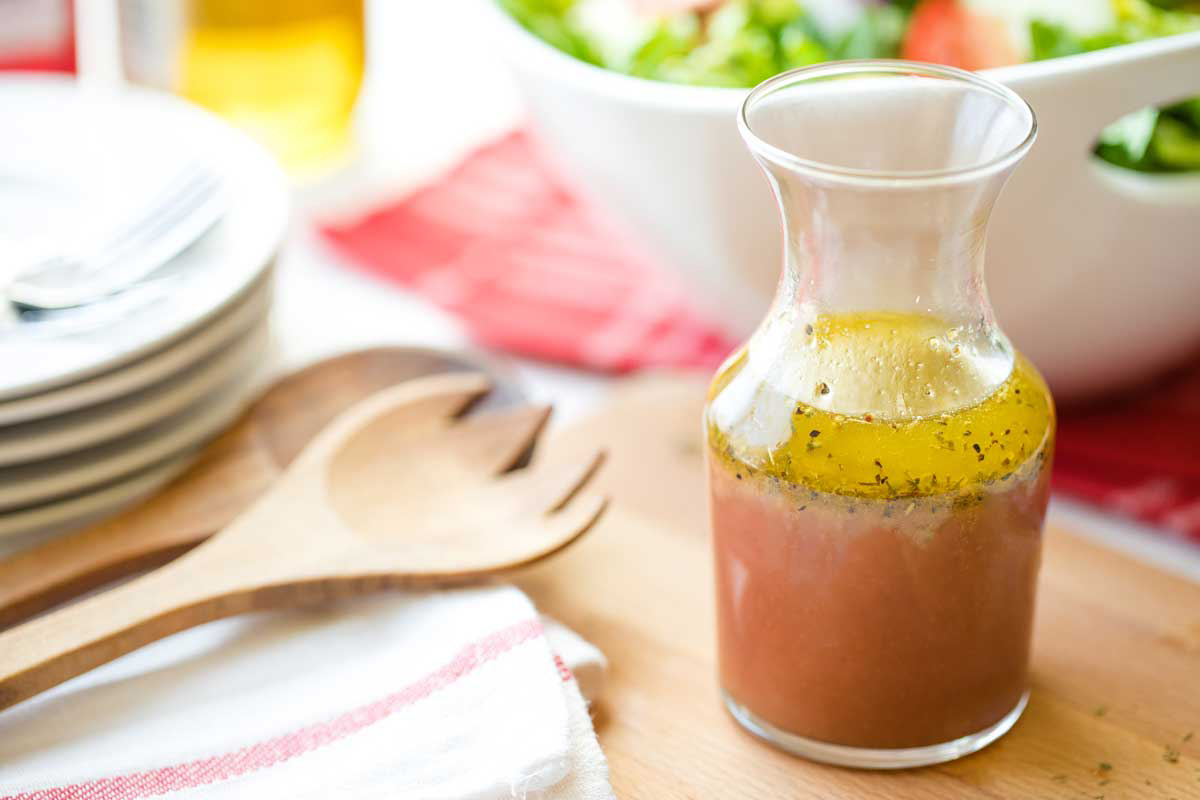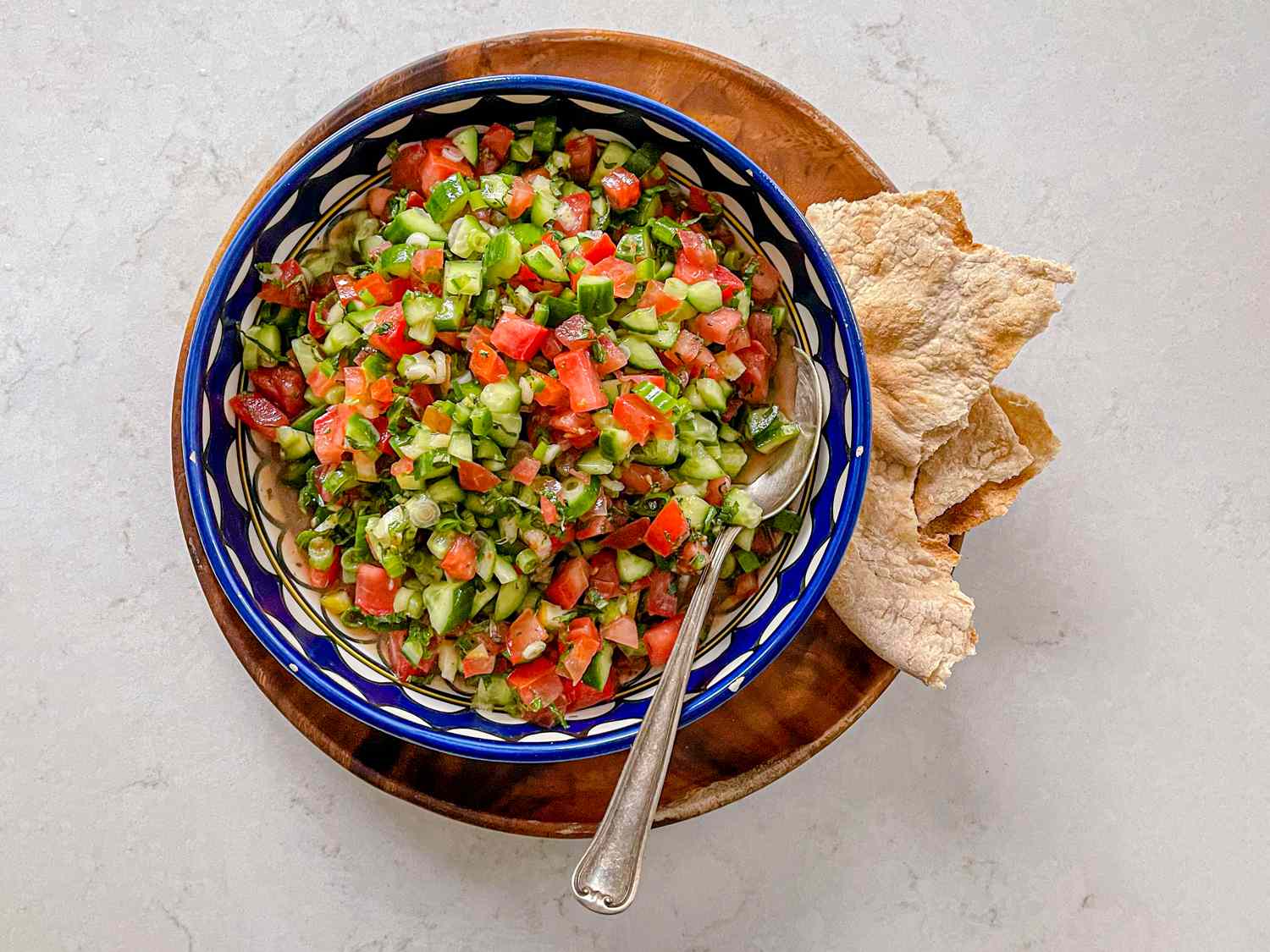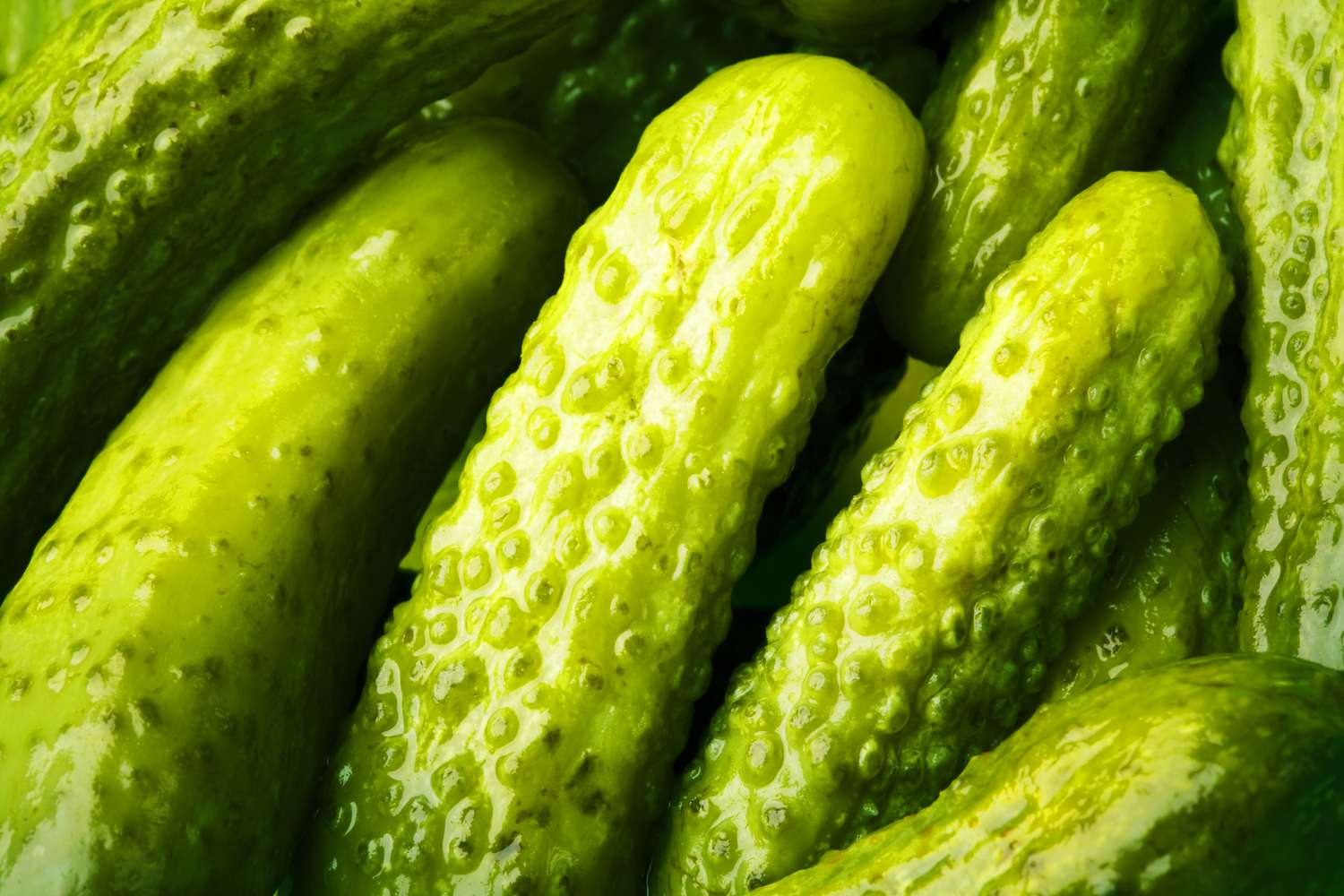Discovering the Delightful Broccoli Rabe
When it comes to leafy greens, broccoli rabe is a standout star. Also known as rapini, this vegetable is a member of the Brassica family, which includes cabbage, Brussels sprouts, and kale. Despite its name, broccoli rabe is not actually a type of broccoli, but rather a close relative of the turnip. Its slightly bitter flavor and tender texture make it a versatile and delicious addition to a wide range of dishes.
What Does Broccoli Rabe Look Like?
Broccoli rabe has thin, leafy stems and small, broccoli-like florets. The leaves are dark green and slightly serrated, giving the vegetable a distinctive appearance. The entire plant is edible, from the leaves to the stems and florets, making it a great option for minimizing food waste.
How to Prepare Broccoli Rabe
Before cooking, it’s important to wash the broccoli rabe thoroughly to remove any dirt or debris. Once cleaned, the vegetable can be enjoyed in a variety of ways:
- Sauteed with garlic and olive oil
- Added to pasta dishes
- Roasted with a sprinkle of Parmesan cheese
- Tossed into soups and stews
Regardless of the cooking method, broccoli rabe pairs well with bold flavors like garlic, chili flakes, and lemon juice, which help to balance out its natural bitterness.
The Nutritional Benefits of Broccoli Rabe
Broccoli rabe is not only delicious but also packed with essential nutrients. It is an excellent source of vitamins A, C, and K, as well as potassium, calcium, and iron. These nutrients play a crucial role in supporting overall health, making broccoli rabe a valuable addition to any diet.
Where to Find Broccoli Rabe
Broccoli rabe is readily available in many grocery stores and farmers’ markets, particularly during the cooler months when it is in season. Look for bunches with vibrant green leaves and firm stems, and be sure to incorporate it into your culinary repertoire for a delightful and nutritious dining experience.
Whether you’re a seasoned cook or just beginning to explore the world of leafy greens, broccoli rabe is a fantastic ingredient to experiment with. Its unique flavor and nutritional benefits make it a standout addition to any meal, and its versatility ensures that there are countless ways to enjoy this delightful vegetable.
So, the next time you’re browsing the produce section, consider picking up a bunch of broccoli rabe and adding a pop of vibrant green goodness to your plate.
Was this page helpful?
Read Next: What Is Baked Oatmeal
